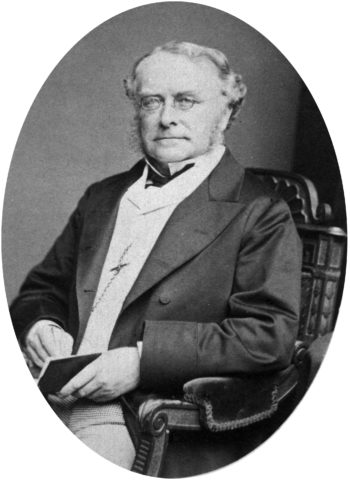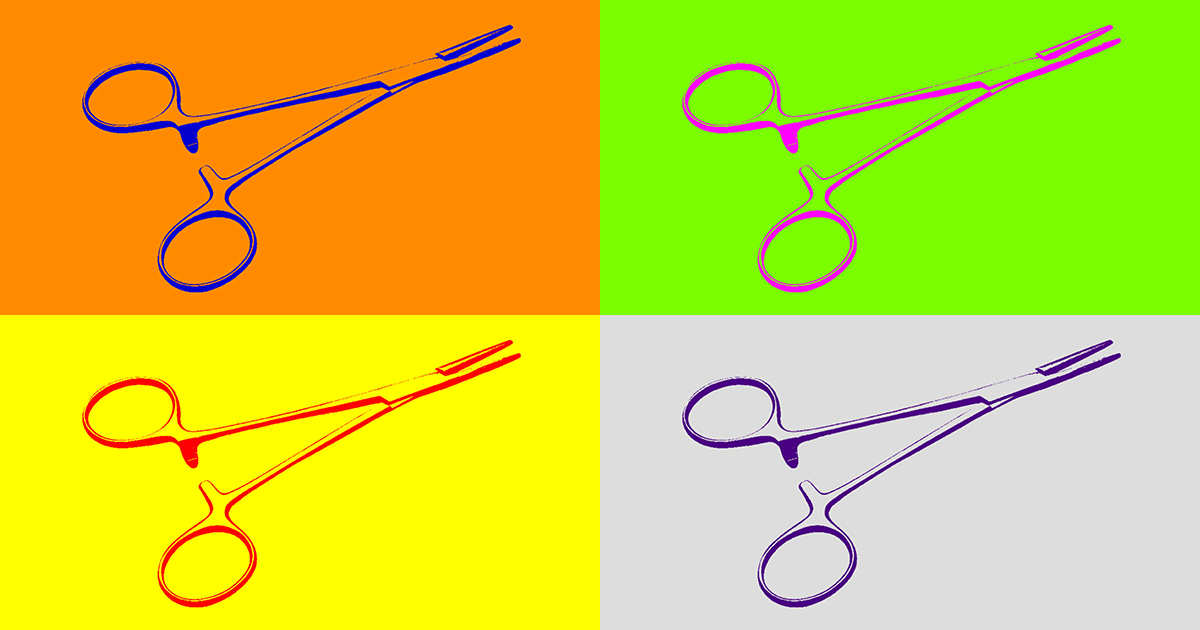I’ve had this blog post brewing for a while. Bear with me as, even for me, this is a bit niche!
A common OSCE question is: “How many instruments do we need to learn?”.
The simple answer is: “Commonly used instruments you would find in a first opinion clinic – including orthopaedic, ophthalmology and general surgical instruments”.
However, in my PhD research, my question would be: “Why are there so many similar surgical instruments with different names?”.
In a quick check of an instrument catalogue, there are at least five artery forceps and six dissecting forceps. In the case of the artery forceps, they all do a very similar job and come in a variety of sizes, so why do we have so many? The answer lies in the history of surgery…
 Early surgeons
Early surgeons
Nineteenth century surgeons had several forms of income – they charged patients for surgery, they were paid to teach medical students in hospital, and many of them invented or improved surgical techniques and instruments.
As theirs was a captive audience for their inventions, instruments could be a lucrative income stream. Their students would buy them, and the hospitals they worked and taught in would adopt them as their preferred instruments.
With this in mind, it is no surprise we still see some famous names today in relation to their surgical instruments.
What’s in a name?
Joseph Lister is best remembered for his work in infection control, but he also invented several types of instruments. We still have Lister bandage scissors and in the human field they still use Lister’s sinus forceps.
Spencer Wells forceps are commonly used in the veterinary field. A well-known surgeon, Thomas Spencer Wells (pictured) was surgeon to Queen Victoria (and may well have crossed paths with William Goodwin, who served as veterinary surgeon to the royal family around the same time).
However, it was his focus on obstetrics that led him to improve upon existing artery forceps: “In 1879, he invented an improved pattern of artery forceps, which prevented entanglement of surrounding structures by the handles of the implement when in use.”
Modern era
Finally, our surgical instruments weren’t all invented in the Victorian era; more recently, American cardiovascular surgeon Michael Debakey (1908-2008) invented the Debakey dissecting forceps.
Remembering similar looking forceps can be hard, but maybe knowing a little of the history behind them can help build a more interesting picture of why there are so many that look alike.

Leave a Reply